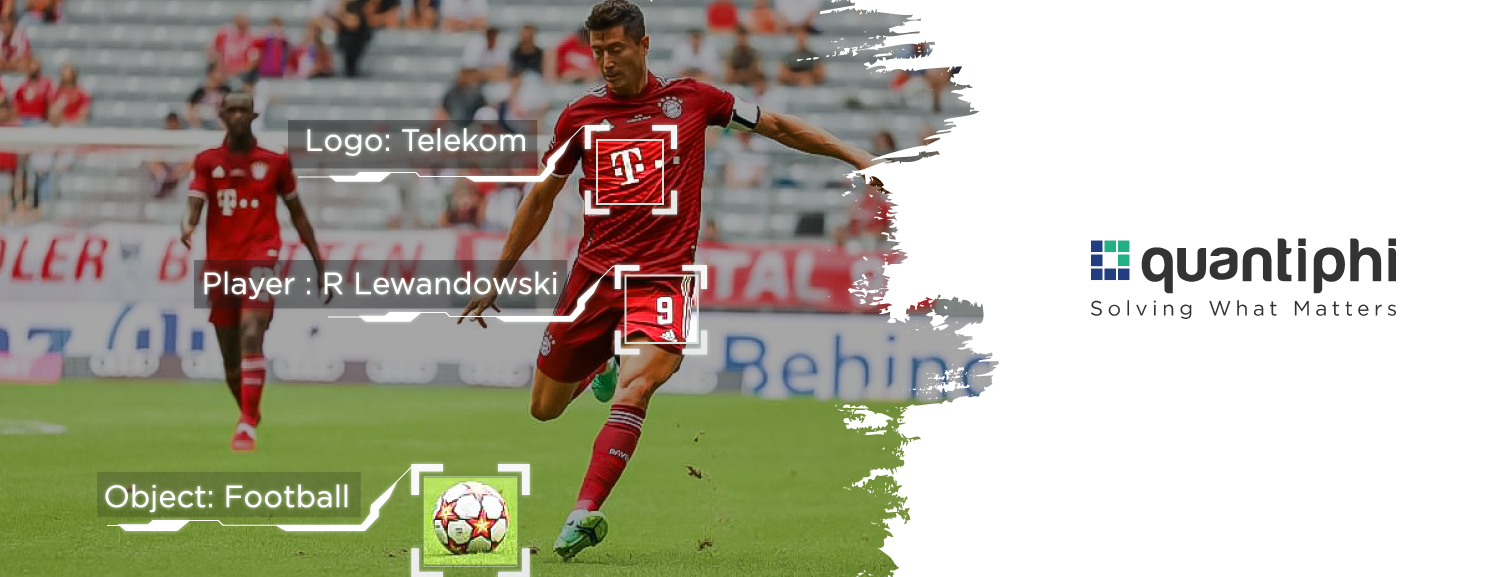Enterprises use different data-driven and model-based approaches for predictive analytics, data mining, and obtaining business intelligence. With the evolving role of data as a strategic asset, there’s always a need for efficient and effective data analytics methods. K-Nearest Neighbor (KNN) algorithm is one such algorithm that leverages powerful machine learning (ML) algorithms to make data useful.
The primary role of the KNN algorithm is to predict the classification of new data points based on the established classification of the previous data. It is useful in pattern recognition, prediction, and classification, which makes its applications, such as text mining, stock prediction, face recognition, and fraud detection, valuable across industries.
Let’s understand KNN with Game of Thrones as an example.
Introduction to KNN
We are often judged by the group of people we live with. People belonging to a particular group can be termed similar with the characteristics they possess. While learning supervised machine learning algorithms such as Linear, Logistic, Decision Tree, Random Forest, I came across an interesting algorithm called KNN.
K-nearest neighbor algorithm (KNN) is a non-parametric method used for classification and regression. When we say non-parametric, it means the algorithm doesn't make any assumptions based on underlying data distribution. In other words, the model structure is determined from data. Therefore, KNN can be used in scenarios where there is little or no prior knowledge about distribution data.
Let's take the example of Game of Thrones to get acquainted with the super classification algorithm.

Suppose we have to design an ultimate classifier for either an unknown person who is either Dothraki or a Westerosian. We can use two features to classify or predict which clan the person belongs to. For example, we can use muscle mass, wealth, and riches as independent variables and features.

Assume that the bulk of Dothraki have a greater muscle mass while the Westerosians are high in wealth/riches with muscle mass significantly lower than that of a Dothraki.
We place the unknown person exactly between the bulk of Dothraki and Westeronian. Then, using k=5 we draw a circle until it has five neighbors in the vicinity. We can now see, using nearest proximity, that the unknown person has three neighbors in the vicinity who belong to Dothraki and one neighbor who belongs to Westerosians. Thus, using majority voting we can classify that the person is a Dothraki.

Similarly, if we take a second example and draw a circle around the unknown person, we can determine from the majority that the person is a Westerosian.
There are two important decisions to be made before classifying the data points. One is the value of k to be used, which can either be decided arbitrarily or with cross-validation to find an optimal value. The next, and the most complex, is the distance metric to be used.
Distance metrics are a method to find the distance between new data points and the existing training dataset.

Euclidean distance, the commonly used metric, is essentially the magnitude of the vector obtained by subtracting the training data point from the point to be classified. The other two popular distance functions are Manhattan and Minkowski.
Why use KNN algorithm
KNN algorithms are one of the simplest classification algorithms. Even with such simplicity, it can give highly competitive results. KNN algorithms can also be used for regression problems. The only difference from the discussed methodology is using averages of nearest neighbors rather than voting from nearest neighbors.
Some of the advantages of KNN are:
- Simplicity of use and interpretation
- Faster calculation time
- Versatility of use - prediction, regression, and classification
- Higher accuracy than most of the supervised learning models
The KNN algorithm is useful in determining probable outcomes, and in forecasting and predicting results. Get in touch with us to power your business intelligence with next-generation ML-enabled solutions.







